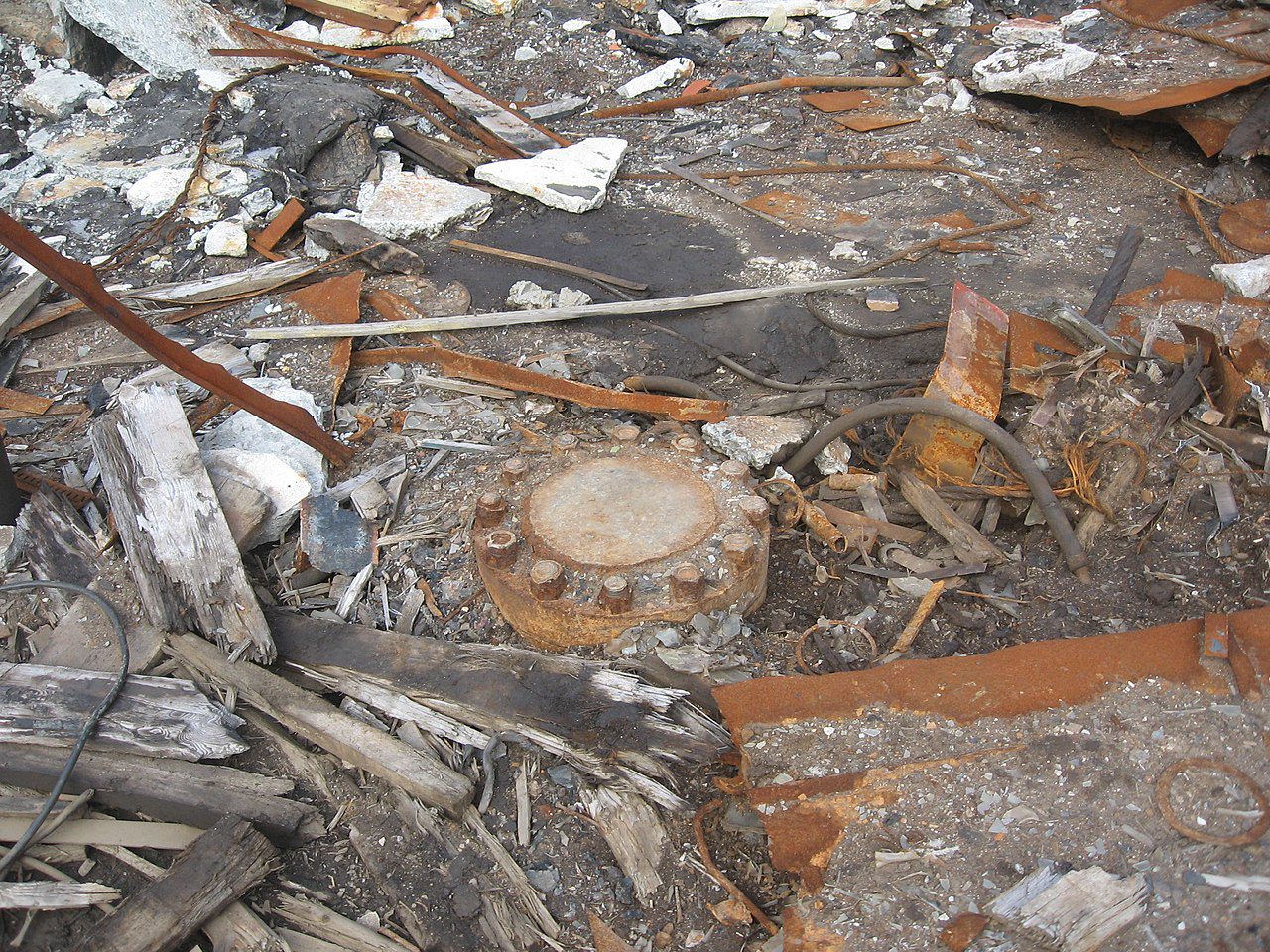The Cold War saw all kinds of scientific, militaristic, cultural, and technological peacocking between the US and the Soviet Union, from sending tortoises around the Moon to the development of preposterously powerful bombs. But of all these muscle-flexing exploits, few remain more obscure than the Soviet’s feat of drilling the deepest human-made hole on the planet.
Known as the Kola Superdeep Borehole, the ludicrously deep hole was located on the Kola Peninsula in the frosty depths of northwestern Russia, not far from the Russian border with northern Norway.
The borehole itself was actually made up of numerous holes that branch off from a central hole, the deepest of which – called SG-3 – runs 12,263 meters (40,230 feet) deep into Earth’s crust. Despite these mighty depths, however, the diameter of the hole is no wider than a dinner plate.
For perspective, the hole’s depth is the height of Mount Everest and Mount Fuji placed on top of one another. It’s also deeper than the deepest point of the ocean, the Mariana Trench, which lies at a depth of 11,034 meters (36,201 feet) below sea level.
The Americans started this race to the pits of the Earth. In the early 1960s, the US launched Project Mohole, an attempt to drill through the Earth’s crust to obtain samples of the boundary between the crust and the mantle.
It aimed to do this by drilling into the seabed from a ship near a volcanic island in the Mexican Pacific. Unfortunately, the project was a flop and it was eventually canned after becoming wracked with scientific opposition, mismanagement, and money troubles.
Over in Russia, things went more smoothly. Drilling began on May 24, 1970, and continued until 1992, shortly after the collapse of the Soviet Union. It wasn’t just political turmoil and cash shortages that brought the ambitious project to an end. According to BBC Future, drilling reportedly stopped when temperatures at the bottom of the hole reached a sizzling 180°C (or 356°F), drastically higher than their models predicted.
Sadly, the site now lies abandoned, consisting of little more than a dilapidated building and a bolted-shut pipe in the ground. As the site fell into disrepair, Russia announced in 2008 that it planned to destroy the borehole. Some have also speculated that the hole has been partially filled with concrete.

In its heyday, however, the project did provide a bunch of new scientific insights. First and foremost, the Kola Superdeep Borehole revealed some invaluable insights into the geology of Earth, traversing some 1.4 billion years of Earth’s history.
Most surprisingly, the deep rocks were found to be saturated with water, which was assumed impossible because the rocks were sealed beneath a layer of impermeable rock. They discovered 14 species of fossilized microorganisms down there too, not to mention deposits of gold, copper, and nickel.
There were more than a fair share of fanciful rumors surrounding this site. One widely spread urban legend said that the drill broke through a layer of rock and discovered a superhot cavern. To investigate, scientists supposedly lowered a microphone into the pit, only to hear something that sounded like hellish howls and tormented screams.
Of course, this story is totally unverified and likely to be nonsense – although it’s easy to see why the Kola Superdeep Borehole also goes by the name “entrance to hell.”
An earlier version of this article was first published in May 2021.
Source Link: The Deepest Hole Ever Dug By Humans Had To Be Destroyed